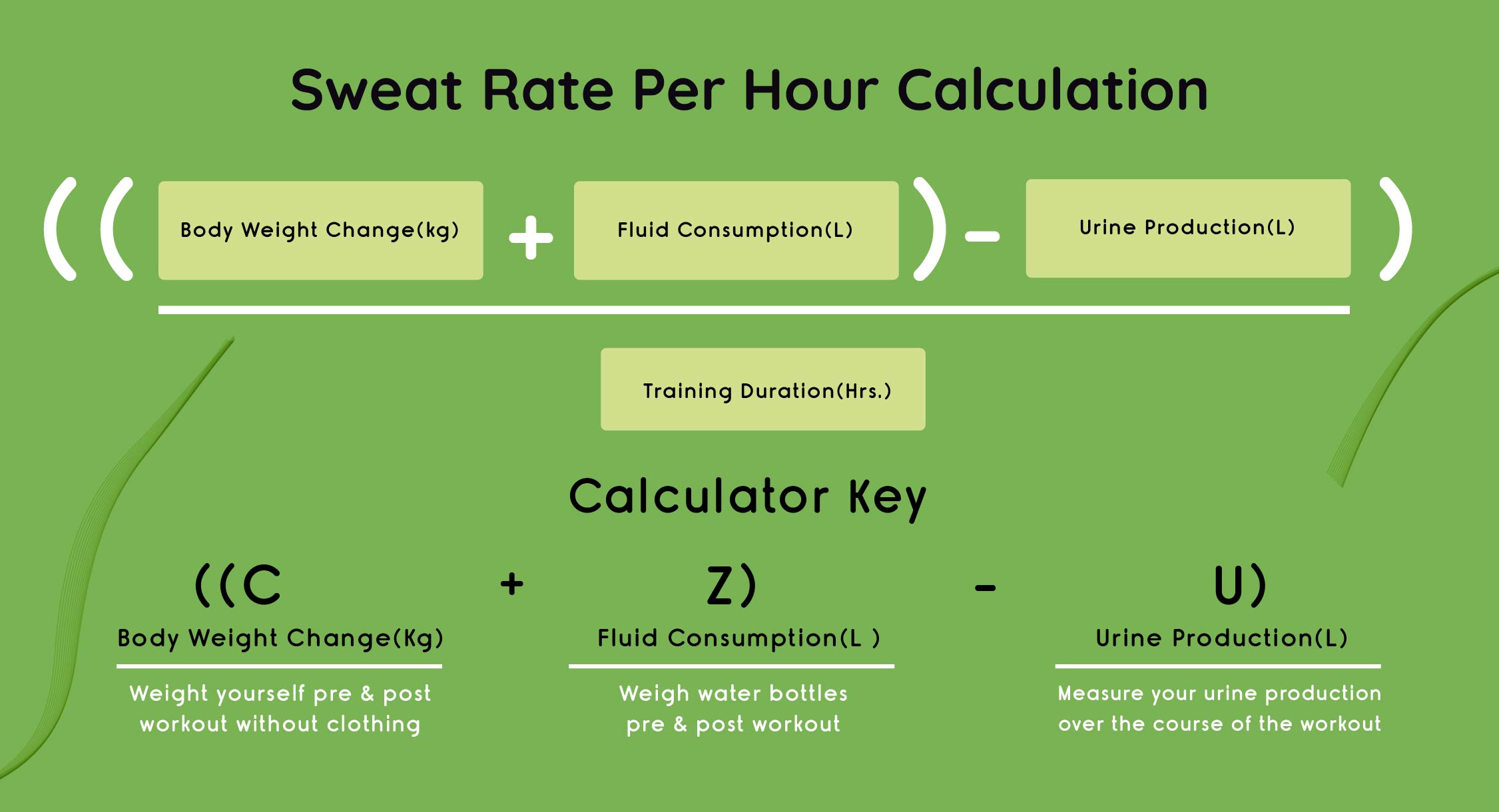Is sweating good for you: Promotes Wellness and Vitality


Is sweating good for you: Promotes Wellness and Vitality
Is sweating good for you? Sweating is a natural bodily process that often gets an undeserved bad reputation. Many associate sweat with discomfort or embarrassment, but sweating is a crucial and beneficial function supporting our overall well-being. Sweating is the body’s way of regulating temperature and detoxifying itself, playing a pivotal role in maintaining balance and vitality. As we embrace the heat and feel our bodies sweat, we should celebrate how sweating promotes wellness and enhances our overall health.

Gaining a Competitive Edge
The modern athlete is constantly looking for new ways to gain a competitive edge and enhance performance in both sports and most outdoor activities as well. Without a doubt, Sweat Heaven offers the most innovative products for keeping your sweat at bay when it counts in those tough workouts. Couple that with data analytics which can provide the key information to making the optimal selection in your choice of health supplements and sweat performance apparel.
Measuring sweat volume can provide important info on how many electrolytes an athlete is losing as they compete and train. Grabbing any typical electrolyte product and accompanying apparel may not take much thought, but consuming the optimal amount of nutrition and choosing the right sweat apparel to use depends on knowing your sweat rate. Unfortunately, very few athletes know this information!
As a matter of fact, determining how much sweat you produce is not a very complicated process, but it does require effort. According to Asker Jeukendrup at mysportscience.com, the most important factors involved in determining your sweat rate are:
- Intensity of exercise
- Temperature, humidity, cooling
- Clothing
- Training status (The more acclimated you are, the more you sweat)
- Genetic makeup

Calculate Sweat Rate
Calculate sweat rate by using the formula:
((Weight loss(kg) during exercise + Volume of liquid consumed(L)) – Volume of urine produced(L))/Time(hrs.)
Weight loss = C; Volume of liquid = Z; Volume of urine = U
((C + Z) – U)/Time
This calculation assumes that any weight lost is coming from sweat; however, this is not 100% correct because weight is also lost via carbohydrates and fat. Jeukendrup claims it is possible to burn approximately 1 lbs or 0.5 kg while exercising over a 2hr period, or burn even more over longer durations. While not perfect, it is still worth the effort finding how fast you are losing sweat in different conditions.
Steps to calculate sweat rate:
Note – All body weight measurements should be done unclothed. All volume measurements should be in milliliters/liters.
- Empty your bladder and record your weight(kg)
- Perform your activity and record how much water you are drinking(ml)
- Weigh your water bottle before and after you exercise (1 gram = 1 milliliter)
- After you are finished exercising, measure the amount of urine produced [U]
- Towel dry and empty your bladder again
- Measure the amount of urine(ml)
- Note – If you can’t measure the urine, then you can estimate using 0.3L lost per urination episode
- After you have emptied your bladder, then record your weight(kg)
- Calculate the weight lost during exercise [C]
- Subtract your Post-exercise weight from your Pre-exercise weight
- Note: 1 liter of water weighs 1 Kg
- Calculate the volume of how much water you are drinking [Z]
- Take the Post-exercise weight of the bottle/bottle and Subtract it from the Pre-exercise
- Calculate your sweat rate: ((C+Z)-U)/Time(mins*.)
a. Time is in hours: *Divide the number of minutes by 60
Sweat Rate Calculation Example
((C+Z)-U)/Time(mins*.) = (( 135 lbs – 132 lbs + .75L ) – .35L)/ 90 mins)
- i.e. If your weight loss calculation[C] before (135 lbs) and after (132 lbs) = 3 lbs and the volume of liquid consumed[Z] = .75L and the Volume of urine produced[U] = 0.35L; Add(use the actual numbers) C + Z first, then subtract U; Divide the result by the Workout Duration Time and that is your Sweat Rate/hour calculation!
Properly Hydrates
Knowing how much sweat you are losing will allow you to properly hydrates before, during, and after exercise. According to the Collegiate and Professional Sports Dietitians Association (CPSDA), the average athlete will lose 1-3L of sweat/hour. Sweat is composed mainly of water, but it also contains electrolytes that help to maintain the fluid balance in the body as well as support energy metabolism. Knowing how much electrolytes are lost within your sweat is important in order to eat and drink what your body needs. CPSDA shares how much of these electrolytes are contained in sweat. The exact amount will differ for everyone, but you should at least have an idea of what your body is losing during its activity.
Sweat Composition:
- Sodium: 460-1849 mg/L
- Chloride: 710-2840 mg/L
- Potassium: 160-390 mg/L
- Magnesium: 0-36 mg/L
- Calcium: 0-120 mg/L
Sweating: A Key to Recovery for Athletes
Recovery for athletes is vital. Sweating helps with post-workout recovery. Sweating helps eliminate these waste products through the skin, promoting detoxification and supporting the body’s natural cleansing mechanisms.
Sweating cools our bodies down during intense activities by evaporating from our skin’s surface. Sweating is accompanied by losing fluids and essential electrolytes like sodium and potassium. Replenishing these lost fluids and electrolytes through hydration post-workout is crucial for maintaining proper bodily functions and preventing dehydration.
Sweat wristbands: Aiding in Sweating and Enhancing Performance
Sweat wristbands have become a popular accessory among athletes and fitness enthusiasts and for a good reason. These seemingly simple bands serve a purpose beyond style – they aid in sweating and enhance overall performance during physical activities.
Sweat wristbands are typically made from absorbent materials, such as terry cloth or moisture-wicking fabrics. When worn on the wrists, they effectively absorb sweat, preventing it from dripping down the arms or hands during intense workouts. This sweat absorption helps maintain a firm grip on sports equipment, such as racquets or weights, reducing the risk of slipping and improving performance.
During exercise, the body temperature rises as a result of physical exertion. Sweat wristbands can help with temperature regulation by absorbing sweat and promoting evaporation. As sweat evaporates from the wristbands, it cools the skin, preventing overheating and ensuring a more comfortable workout experience.
Conclusion
Measuring your sweat should give you an idea how many electrolytes your body is losing. That knowledge should guide your selections on what electrolyte beverages, powders, and supplements will best suit your needs. Perhaps you’ll find that what you are consuming does not actually support what your body requires. In today’s world where we have become accustomed to smart cars, phones, and tablets, isn’t it time we become smarter athletes? The information obtained from our sweat is an excellent place to start! Sweat Heaven offers innovative products to support you once you know your specific needs. Check out the patent pending bamboo sweatbands and custom organic bamboo towels available at www.Sweatheaven.com to see what will fit your needs best!

